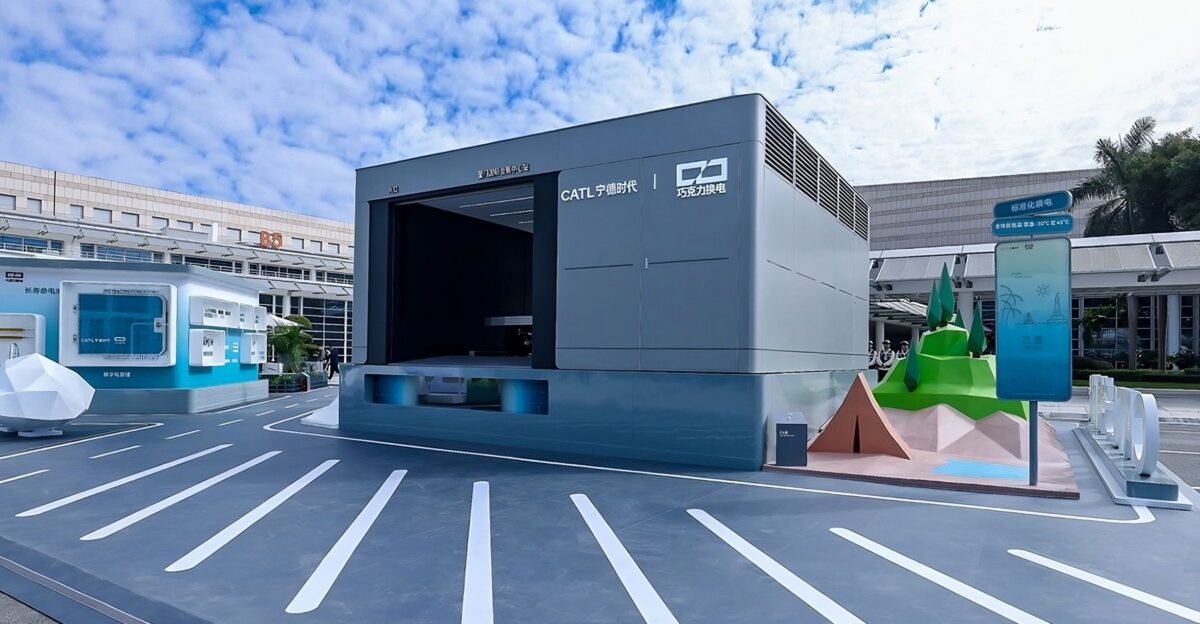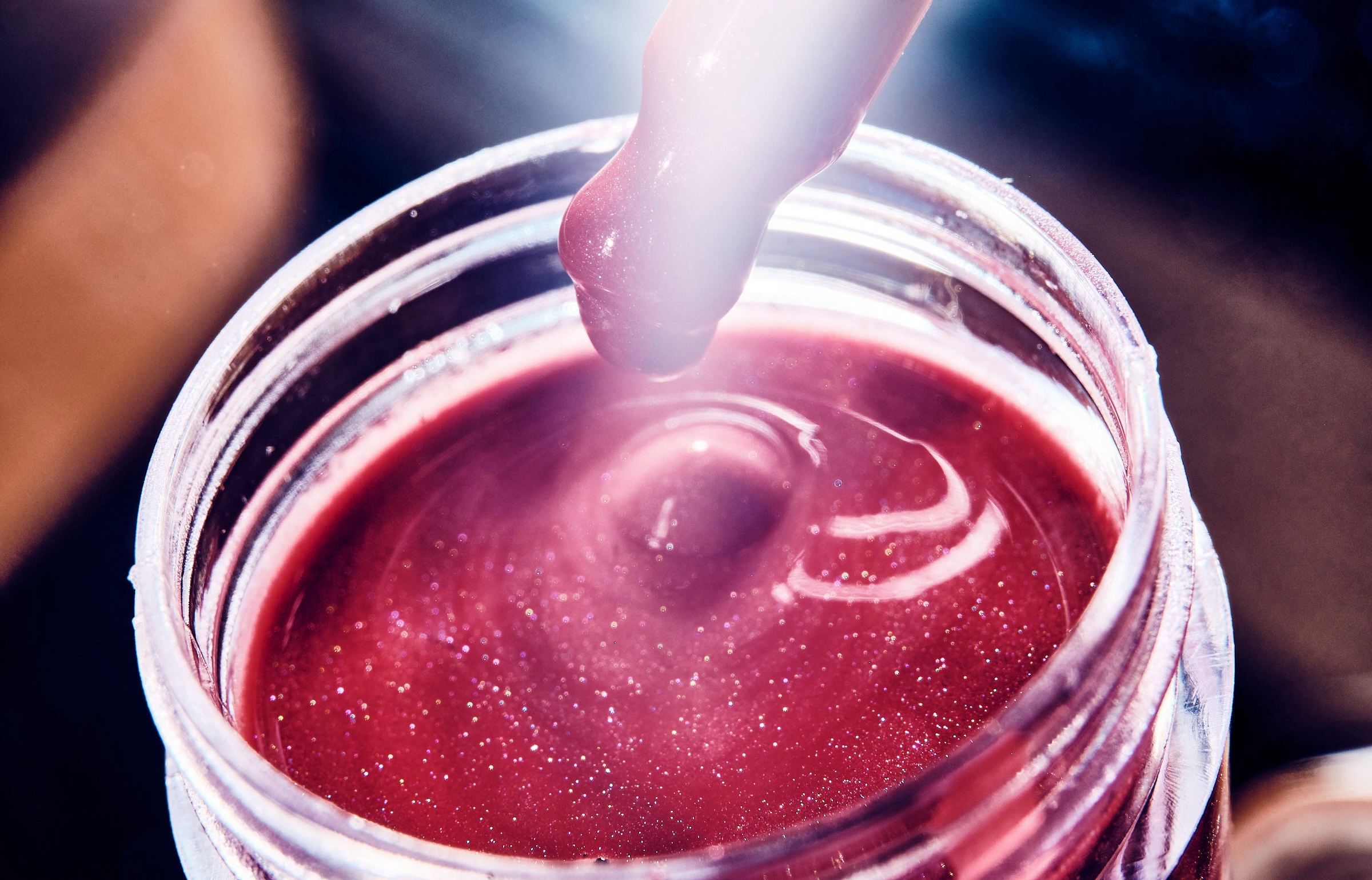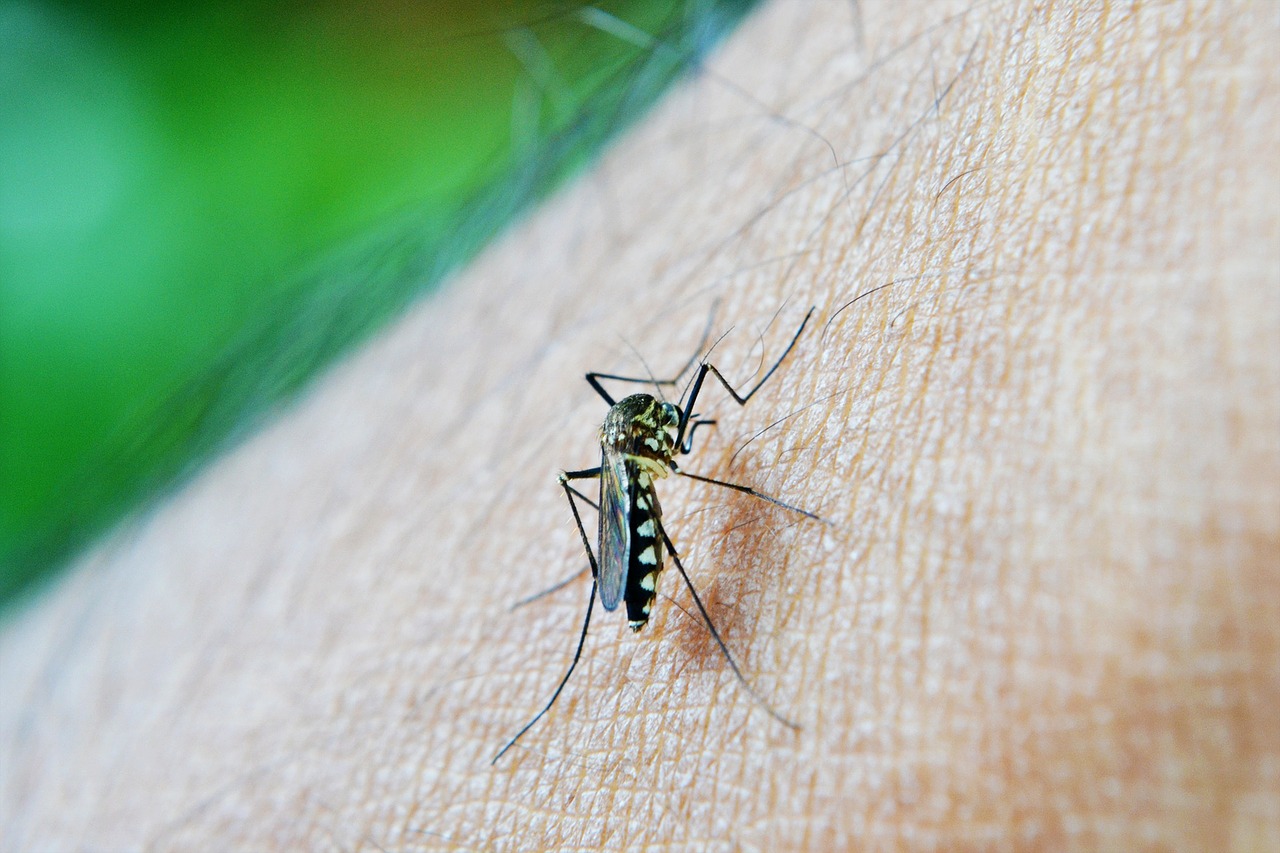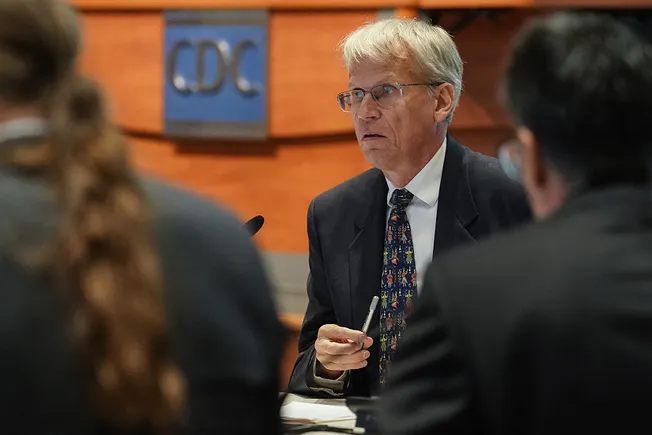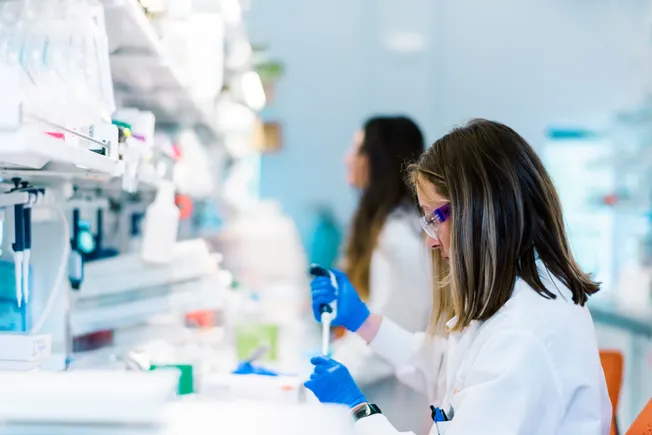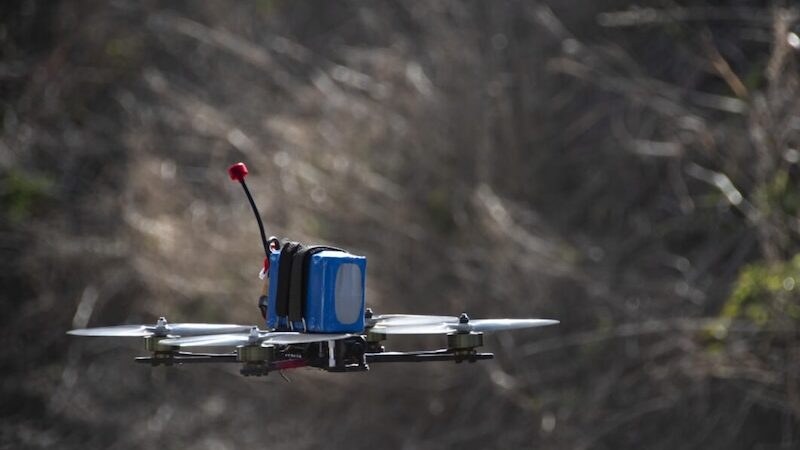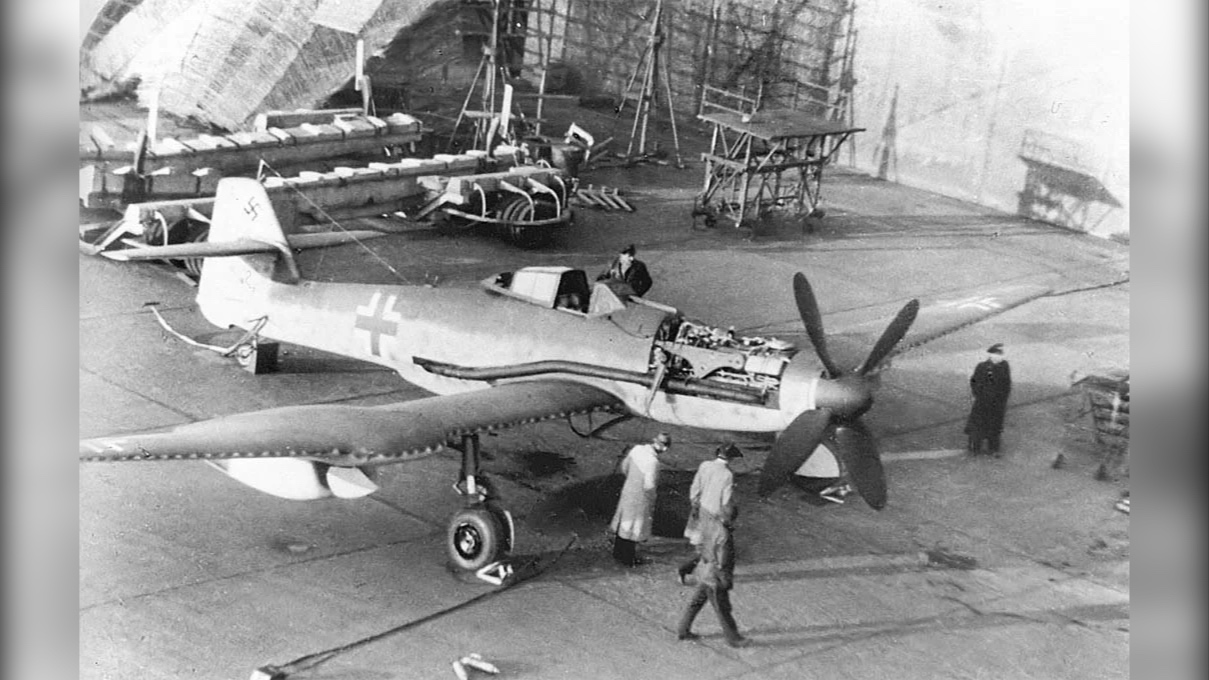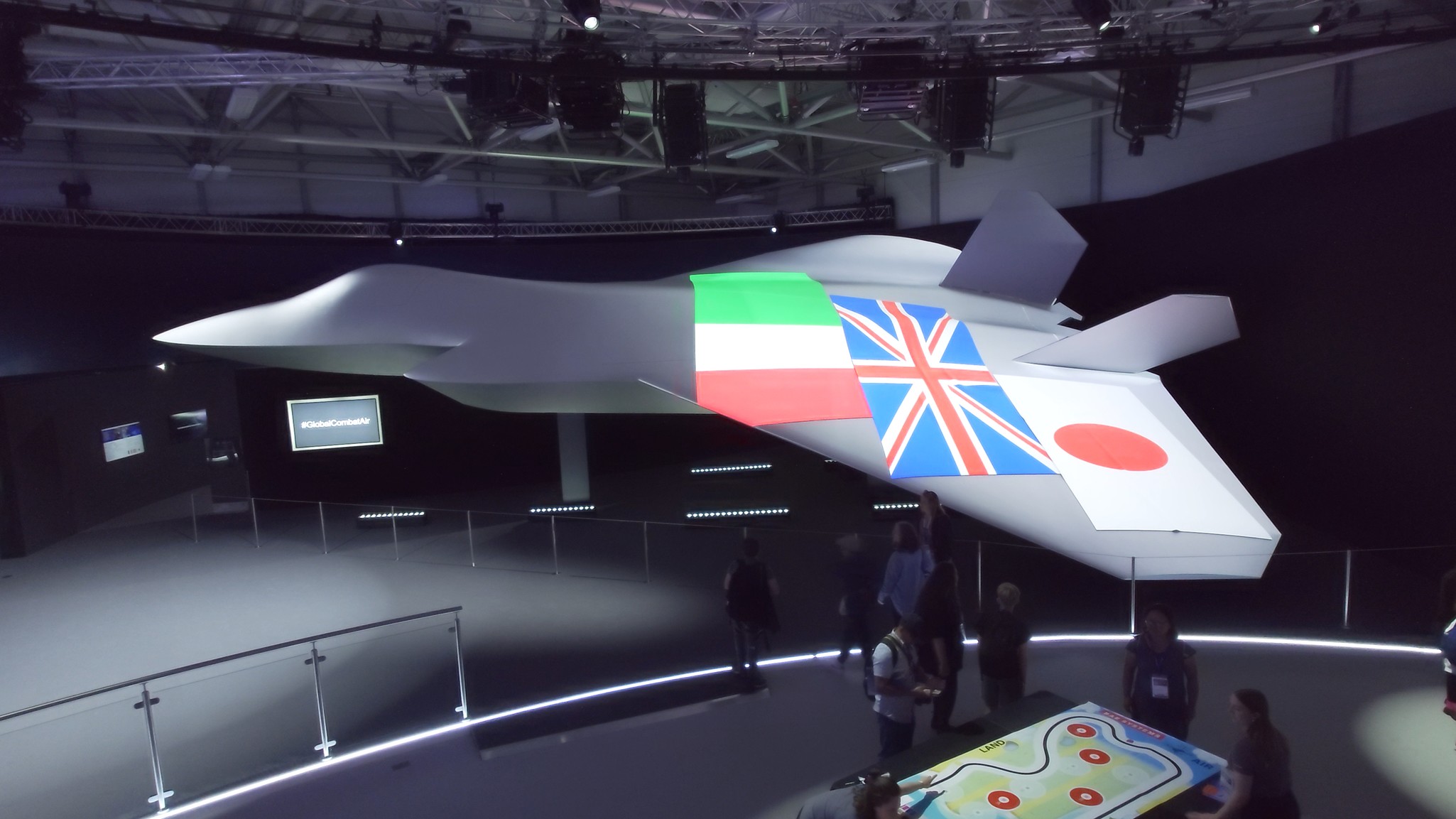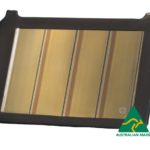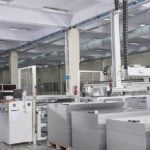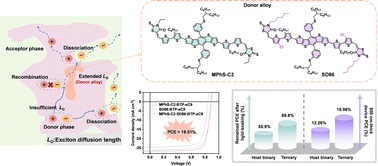Selenide‐Driven Reactive Oxygen Species Activation and Fe(II) Regeneration for Enhanced Nanocatalytic Antibacterial Therapeutics
Advanced Healthcare Materials, EarlyView.

A selenide-driven Fe(II) auto-regeneration and ROS self-generation strategy is demonstrated by 2D FeSe2 nanosheets. The Se species accelerate the Fe(III) reduction to maintain high ·OH productivity in the Fe(II)-mediated Fenton reaction, which is accompanied by the production of H2Se in the presence of H+. The H2Se further converts O2 into O2
·- and synergistically breaks the oxidative threshold of bacteria for infected wound healing.
Abstract
Fenton-based nanocatalytic therapy has attracted widespread attention for its high efficiency and safety. Nevertheless, Fe2+ regeneration, as the rate-limiting step of Fenton reaction, hinders the ROS-induced oxidative killing. Herein, a Fe2+ auto-regeneration strategy is exemplified by 2D FeSe2 nanosheets to break the rate limitation of Fenton reaction and subsequently enhances the antibacterial oxidative damage via dual ROS generation pathways. To be specific, the Se species accelerate the Fe3+ reduction to maintain high ·OH productivity of Fe2+-mediated Fenton reaction, which is accompanied by the production of H2Se in the presence of H+. The H2Se further converts O2 into O2 ·− and synergistically breaks the oxidative threshold of bacteria, leading to irreversible bacterial death with glutathione depletion, lipid peroxidation, and membrane destruction. In summary, the FeSe2-mediated Fe2+ auto-regeneration and ROS self-production pathways largely elevate its oxidative killing capability, providing a potential ROS enhancement strategy for broad-spectrum nonantibiotic bacterial disinfection.




















